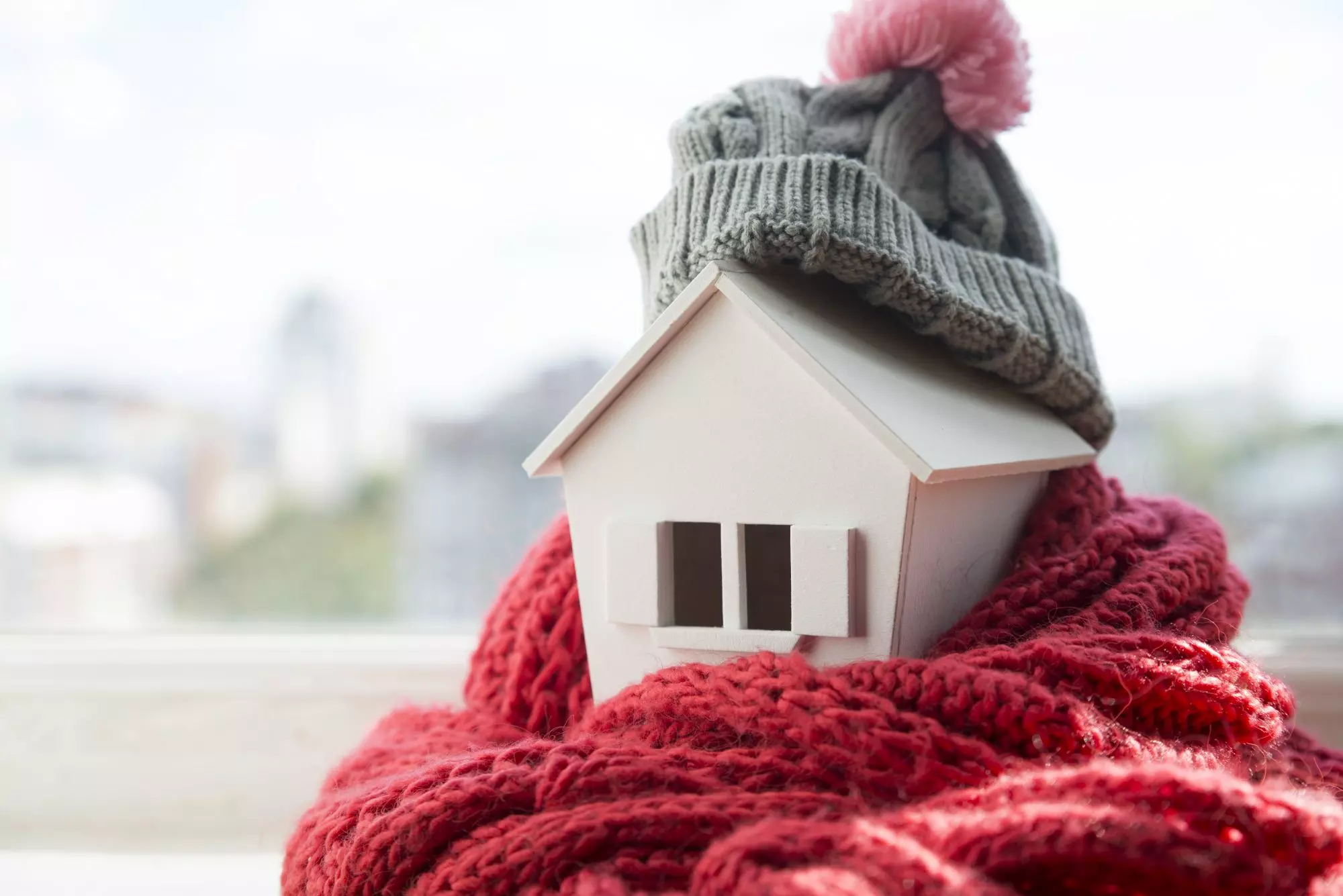Winterizing your home helps tackle the unforgiving cold head-on! While you get your cozy blankets and warm sweaters out, a few preventative measures can help protect your home this year from the harsh winters that can catch us all off guard. Pacesetter Homes winterizing tips will minimize your energy bills and keep your home warm and cozy. And who doesn’t love saving some extra cash for holiday shopping, right?
Here are some basic steps that every homeowner should take to prepare for the colder months. Follow these Pacesetter Homes tips to prep before a hard freeze sets in. Let’s get to work and prepare for this coming winter season.
- First and foremost, servicing your HVAC.
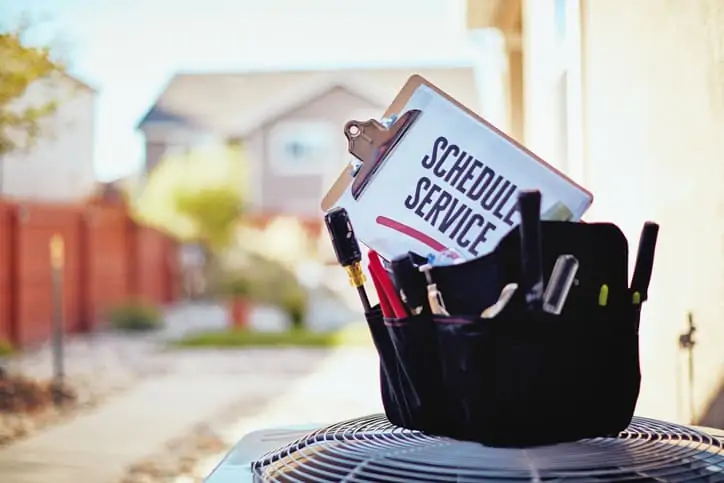
We recommend servicing your system twice a year, just before summer in the springtime, and just before winter in the fall. Having your unit serviced is a quick, easy and cost efficient, when you consider a “well-oiled machine” will run more proficiently and effectively this will help keep your energy bill low during harsh outdoor conditions. Pacesetter Homes suggests that you also replace your air filters at least once every three months. Dirty filters can cause your system to work harder, resulting in lower efficiency. This is especially true in colder months when your system is already under tremendous strain to keep up with colder temperatures.
- Installing a programmable thermostat in your home.
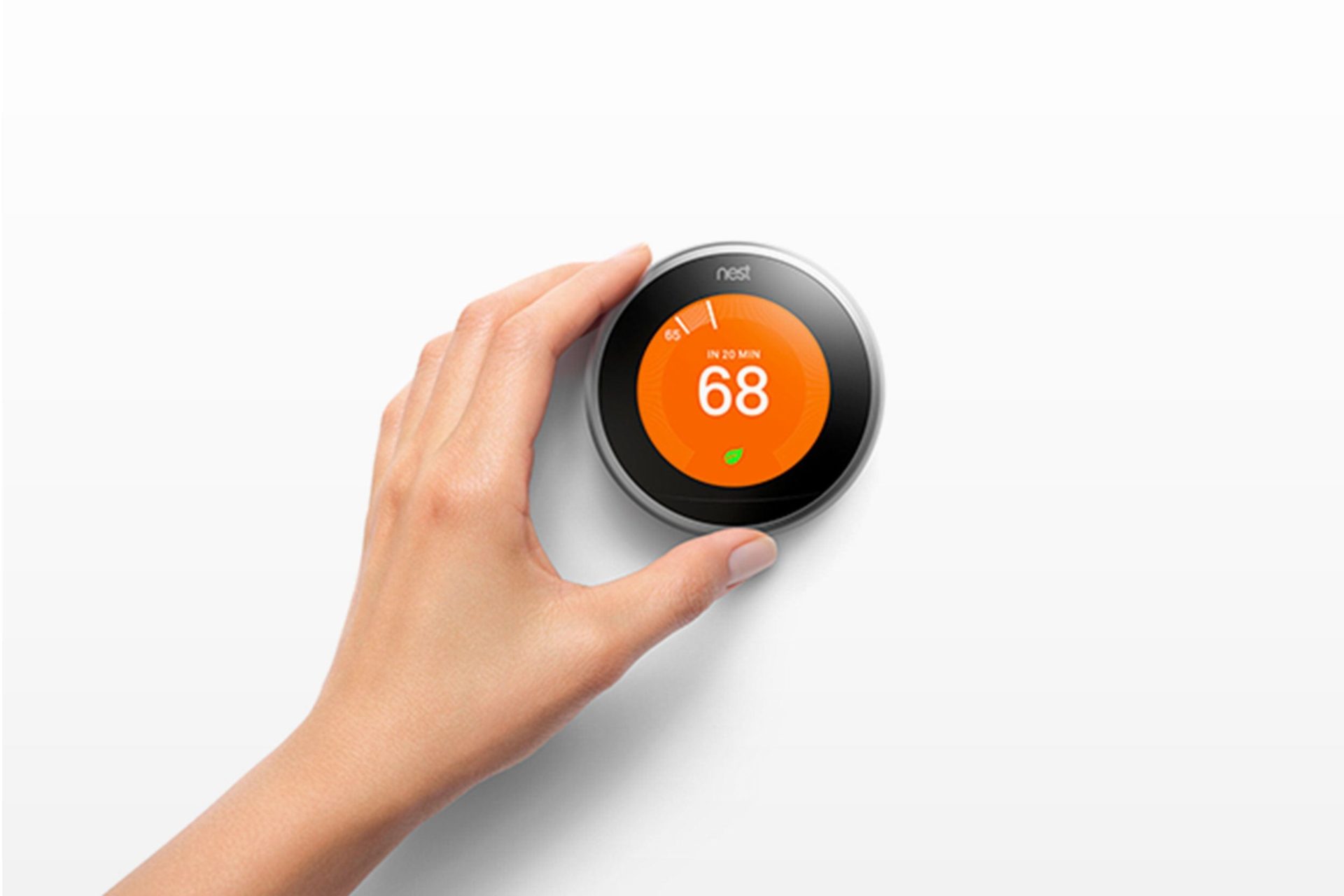
A programmable thermostat makes life a little bit easier by allowing you to set your desired temperature and then not have to worry about it anymore, we like to use the phrase “set and forget” for this one. A standard feature we include in every home we build in our Whisper Valley community in Manor is a programmable thermostat. In the winter, a programmable thermostat will allow you to save money on your energy bill. In fact, studies show that you can save one percent for every eight hours you set your thermostat down.
Here’s how to set your programmable thermostat this winter:
Use energy-saving setbacks: These are most beneficial if they last at least eight hours at a time. The best times for setbacks are during the day while you are away at work and at night when everyone is asleep. The longer each setback period is the further you set the temperature back, the more you will save.
Change the temperature by only a degree or two: When you do decide to override the setting, don’t crank the programmable thermostat way up. This does not heat your home any faster and only stands to waste energy.
- Protecting your outdoor spigots and pipes.
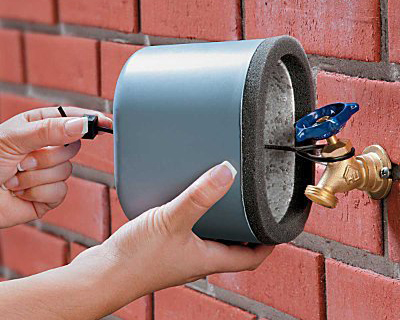
As a homeowner, we all dread when temperatures drop below freezing, you go to turn your faucet handle and no water comes out or water is pouring out of the home. Water expands when it freezes, and this can be hazardous for your pipes! If the temperature drops below 32 degrees Fahrenheit, your pipes can freeze or worse, burst. Before the extreme cold sets in there are a couple ways to prepare so this does not happen to you and your home.
Allow a small trickle of water to run from your faucets. This will keep water moving in your pipes, preventing any freezing. Also, it is good to open under-sink cabinet doors to keep warm room air circulating around the pipes.
Pipes outside your home, such as garden hoses or sprinklers, can be disconnected and turned off. We suggest to purchase and install foam faucet protectors for all spigots around your home, this will help insulate them from freezing over and ultimately help the piping in your home to not freeze. For any exposed pipes, we suggest to insulate them with towels or old blankets secured with a plastic bag as a protectant from the harsh weather conditions and duct tape. Again, an easy and quick solution that will save you lots of hassle and repair expenses.
Locate Where Your Water Shutoff Valve is: In case of an emergency it is important to know where your main water shutoff valve is located. If your home was built on a concrete slab, the valve might be located near the hot water heater or inside your garage. If the valve can not be found inside the home, the next location to check is near the end of your property line (or street) in a covered box within a pit underground. This is normally a cement box buried in the ground near your front curb. Be careful when opening the water meter box sometimes small critters, reptiles, bugs and other surprises are waiting for you.
If you are still unable to locate your water shutoff valve, your trusted local plumber or utility company should be able to tell you where it is located. Also, if you still have your property inspection report, you should be able to find the area of the document that shows you where your main water shutoff valve is located.
- Protect your windows from heat loss.
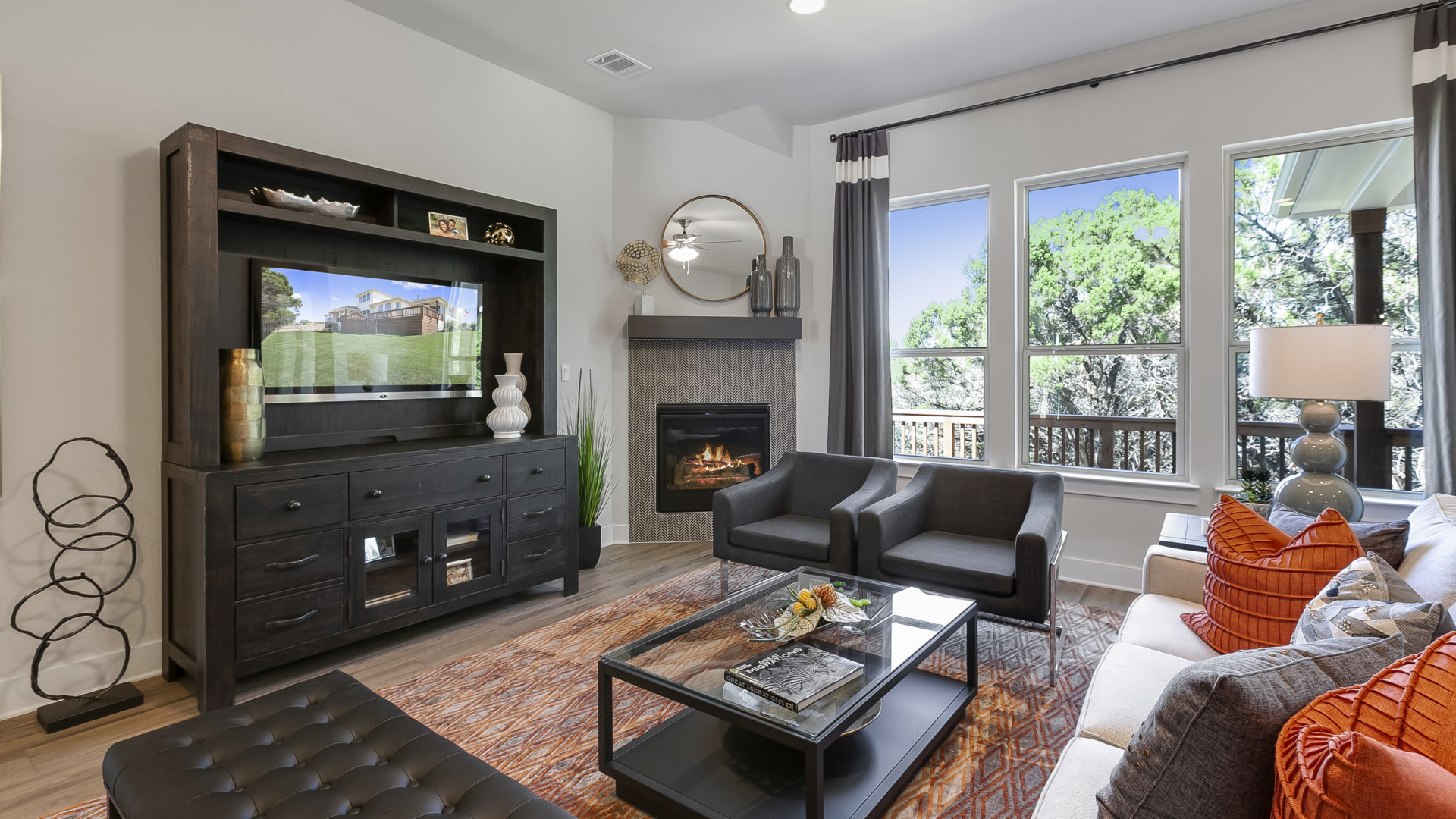
To help keep chilly air from leaking in through window cracks, swap out the lightweight summer curtains with thermal lined curtains or drapes. By doing this you will help keep your home warmer and lower your heating bill. For the windows that do not get direct sunlight, keep the curtains or drapes closed to keep cold air out and the warm air in.
- Stock up on supplies ahead of time.
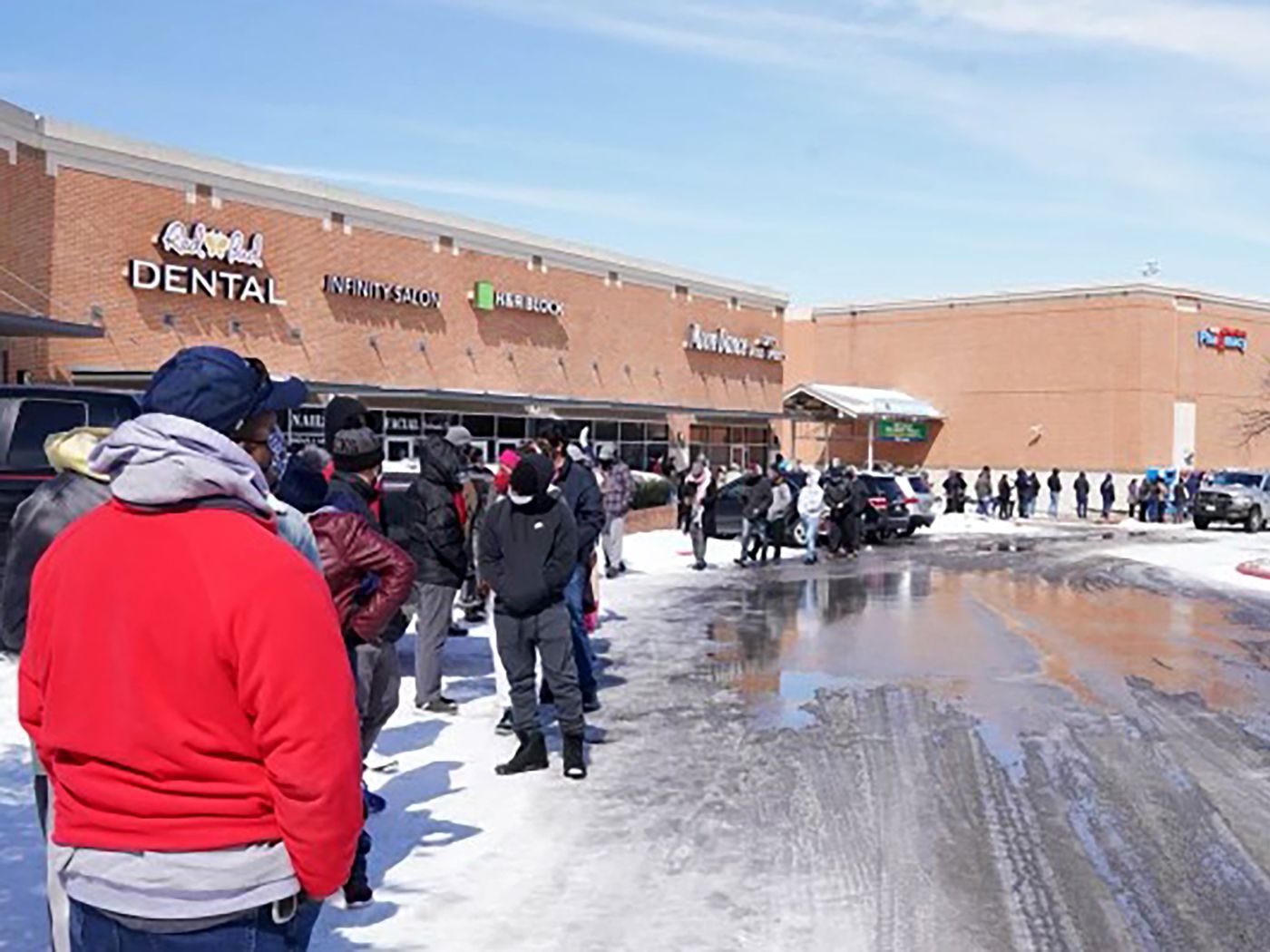
Do not wait for snowmageddon to happen to begin stocking up on supplies. As we all know, you wouldn’t be the only one looking for supplies. There are certain staples that you can not go wrong with when you begin to purchase supplies to be prepared.
- Flashlights
- Batteries
- Ice Melt
- Emergency Car Kit (extra blankets, ice scrapper, car charger, first aid kit, jumper cables)
- Water & Food (food that does not require cooking or preparation such as dried fruit, granola bars, crackers, etc.)
- Extra pet food
- Fire Wood
- Fireplace Safety Tips
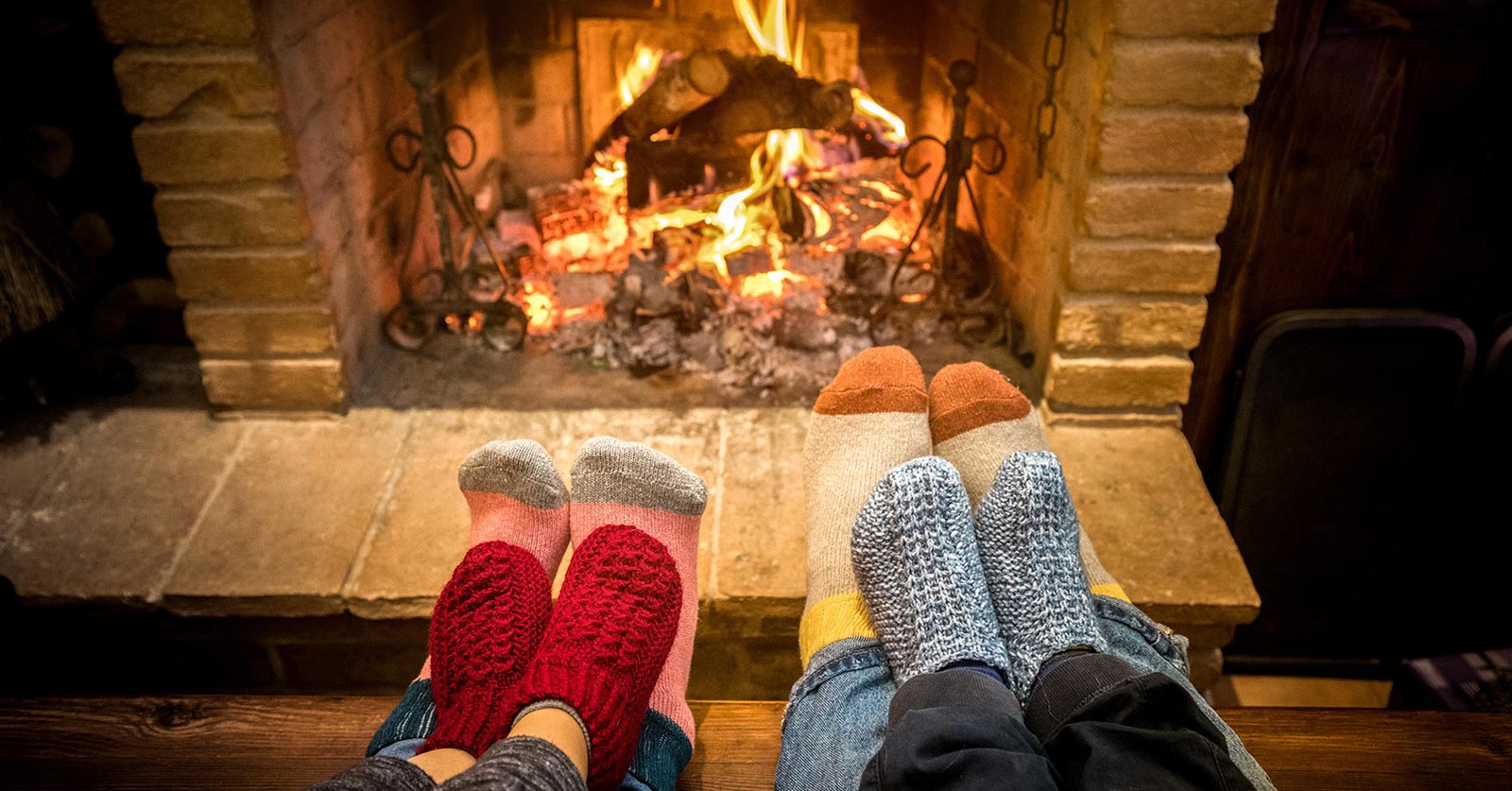
Nothing quite creates a winter holiday ambiance as well as a log in the fireplace and family gathering around to bask in its warmth and glow. Of course, playing with or near fire is dangerous for children, so please remember these tips from the AAP before you light your hearth.
- If possible, keep a window cracked open while the fire is burning.
- Be certain the damper or flue is open before starting a fire inside. Keeping the damper or flue open until the fire is out will draw smoke out of the house. The damper can be checked by looking up into the chimney with a flashlight or a mirror. Do not close the damper until the embers have completely stopped burning.
- Only use dry and well-aged wood. Wet or green wood will cause more smoke and contributes to soot buildup in the chimney. Dried wood burns with less smoke and burns evenly.
- Clean out ashes from previous fires. Levels of ash at the base of the fireplace should be kept to 1 inch or less because a thicker layer restricts the air supply to logs, resulting in more smoke.
- We recommend your chimney be checked by a professional annually. If your chimney is not due for a cleaning, it is important to check for animal nests or other blockages that could prevent smoke from escaping.
- Minimize your child’s chance of burns from the hot glass in front of some fireplaces, including gas fireplaces. Safety screens can be installed to reduce risk of burns.
- Make sure the area around the fireplace is clear of anything that is potentially flammable (Drapes, furniture, books, etc.). If these items get too close to the fireplace, they could catch fire.
- Never leave a fire in a fireplace unattended. Make sure it is completely out before going to bed or leaving the house.
- Put fireplace tools and accessories out of any young child’s reach. Also, remove any lighters and matches.
- Check your smoke and carbon monoxide detectors work. Test them monthly and change the batteries at least once a year.
- Keep a fire extinguisher on hand.


